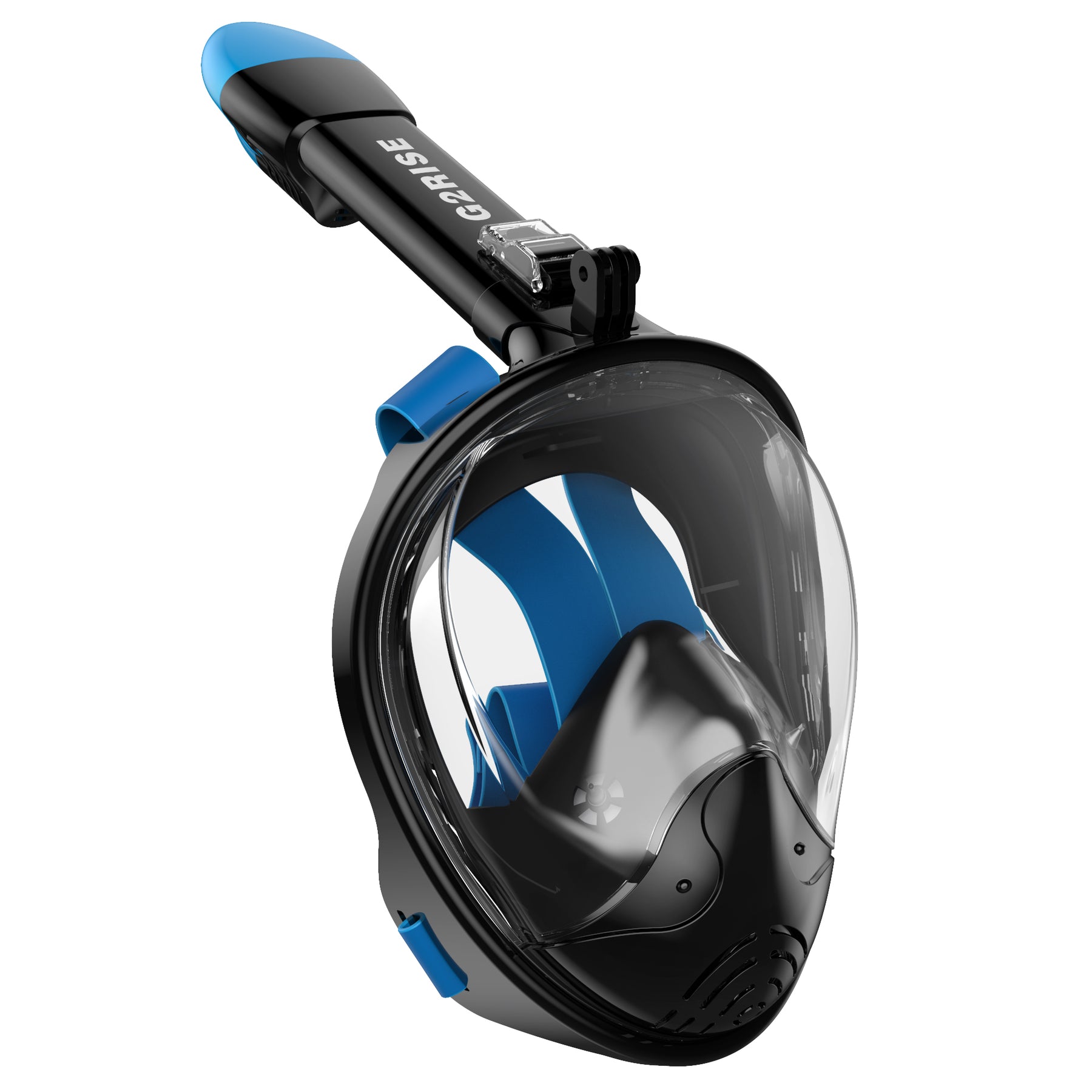Unlock the Secrets of Full Face Snorkeling Masks: What You Need to Know Before You Dive!
As the world of underwater exploration continues to evolve, full face snorkeling masks have surged in popularity among both beginners and seasoned snorkelers. These innovative devices are designed to offer a unique and immersive experience, allowing users to breathe naturally through their nose and mouth while enjoying breathtaking views beneath the surface. This article aims to inform you about how full face snorkeling masks work, their numerous advantages and disadvantages, and essential tips for using them effectively. Whether you’re planning a tropical getaway or simply looking to enhance your snorkeling adventures, understanding these masks is key to making the most of your experience.

Understanding Full Face Snorkeling Masks
Full face snorkeling masks are distinct from traditional snorkeling gear in that they cover the entire face, allowing for a more natural breathing experience. Unlike conventional masks that require a separate snorkel tube, these masks integrate the snorkel directly into the design, enabling users to breathe through both their nose and mouth without the discomfort of a mouthpiece. The wide, panoramic lens provides an expansive field of vision, which enhances your ability to take in the beauty around you. Many of these masks also feature a dry-top snorkel system that prevents water from entering the mask, adding an extra layer of comfort and confidence while exploring underwater. This design innovation makes them particularly appealing for those new to snorkeling, as they eliminate some of the common challenges associated with traditional gear.
Advantages of Full Face Snorkeling Masks
One of the most significant advantages of full face snorkeling masks is the enhanced field of vision. With a full-face design, users can enjoy a 180-degree view, allowing them to take in the underwater landscape without turning their heads. This wide perspective can make your snorkeling experience feel more immersive and enjoyable. Additionally, the ease of breathing is a notable benefit; many users find it more comfortable to breathe naturally through both their mouth and nose, which reduces anxiety for beginners who may be apprehensive about snorkeling. Comfort is another key factor, as full face masks often come with adjustable straps and cushioned edges to ensure a secure fit. My friend, who recently tried a full face snorkeling mask during a trip to the Caribbean, noted that it felt much more natural than the traditional gear she used in the past, making her experience far more enjoyable.
Disadvantages of Full Face Snorkeling Masks
Despite their advantages, full face snorkeling masks do come with some drawbacks that users should consider. One potential issue is visibility underwater; while the panoramic lens provides a broad view, some users report that the curvature of the lens can create distortion, especially for those who wear prescription glasses. Additionally, there is a risk of carbon dioxide buildup within the mask, particularly if it does not fit properly or if the user is not accustomed to using it. This can lead to discomfort or even dangerous situations if not monitored. Furthermore, finding the right fit can be challenging; a mask that is too loose may allow water to seep in, while one that is too tight can cause discomfort. It’s crucial to test different sizes and styles to find the best fit for your face shape.
Tips for Using Full Face Snorkeling Masks
For first-time users of full face snorkeling masks, there are several practical tips to keep in mind to enhance your experience. Firstly, it’s essential to choose the right size; most brands offer sizing guides, and trying on the mask before purchasing can help ensure a snug fit. Additionally, familiarize yourself with the mask before heading into the water—practice breathing through it and performing basic movements to gain confidence. Safety is paramount; always snorkel with a buddy and stay aware of your surroundings. Before diving in, make sure the mask is free of any defects or cracks, and check that the snorkel is functioning properly. During use, take regular breaks if you start to feel uncomfortable or claustrophobic, and never hesitate to remove the mask if you feel any distress. My friend also shared that rinsing the mask with fresh water before using it can help reduce fogging, which significantly improved her visibility while snorkeling.
Key Takeaways on Full Face Snorkeling Masks
In summary, full face snorkeling masks offer an exciting and user-friendly alternative to traditional snorkeling gear, providing a more comfortable and immersive experience. While they come with unique advantages such as a wider field of vision and ease of breathing, it’s important to be aware of potential disadvantages like visibility issues and fit concerns. By considering your individual needs and practicing safe snorkeling habits, you can make informed choices that enhance your underwater adventures. So, whether you’re a novice or an experienced snorkeler, a full face snorkeling mask could be the perfect addition to your aquatic explorations!








